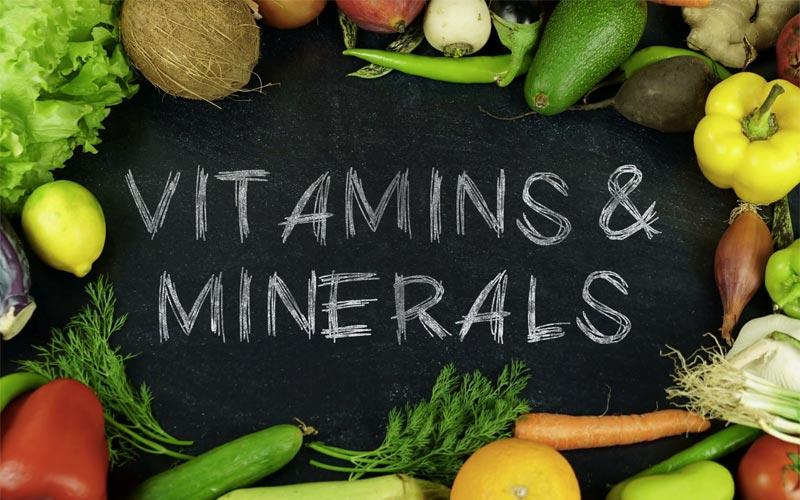|
Welcome to The International Stunt Academy's guide to essential nutrients, where we strive to provide valuable information to help our athletes and stunt performers achieve their best (or understand why they may be struggling to achieve it). Today, we're excited to share our comprehensive guide to vitamins, minerals, and essential nutrients. Good nutrition is the foundation of peak performance, and understanding the role of these vital nutrients is crucial for those who engage in high-intensity activities, like our dedicated athletes and stunt professionals. Tip: If you are experiencing an issue you can 'search this page' for symptoms and see which nutrients you may be deficient of
Athletes and stunt performers push their bodies to the limit, often demanding incredible feats of strength, agility, and endurance. This high-intensity training and activity can lead to increased nutrient requirements, depletion, or imbalances, which can ultimately impact performance and overall health. Ensuring a well-rounded, nutrient-rich diet can help combat these issues, allowing our athletes to perform at their best and recover more efficiently. In this guide, we will delve into the importance of maintaining a good nutrient balance and explore the specific roles of each essential vitamin, mineral, and nutrient. We'll also discuss the symptoms of deficiencies and imbalances, as well as highlight the best food sources to incorporate into your diet to ensure optimal health and performance. Whether you're a seasoned athlete, an aspiring stunt performer, or simply someone looking to improve their health and well-being, this guide offers valuable insights into the world of nutrition. By understanding the roles and functions of essential nutrients, you can make informed choices about your diet and unlock the power of proper nutrition to fuel your success. Stay tuned as we embark on this comprehensive journey, revealing the secrets to optimal health and peak performance through the power of vitamins, minerals, and essential nutrients. Here's a brief guide to each essential vitamin, how the body uses it, what happens when depleted, and food sources rich in that vitamin.
Here's a brief guide to essential minerals and other nutrients, their functions, deficiency symptoms, and food sources rich in each nutrient.
Remember that this guide is only an overview, and it's essential to consult with a healthcare professional for personalized recommendations. Here is a list of books, studies, and documentaries that provide additional information on the role of nutrition in athletic performance and overall health. These resources can help students explore the subject further and deepen their understanding. Documentaries:
These resources offer a mix of scientific research, expert advice, and real-life experiences that can help deepen one's understanding of nutrition, athletic performance, and overall health. However, it is important to critically evaluate each source and consult with a healthcare professional for personalized recommendations. Comments are closed.
|
AuthorThis blog os co-authored by The ISA Team Archives
June 2024
Categories
All
|


 RSS Feed
RSS Feed

3/16/2023